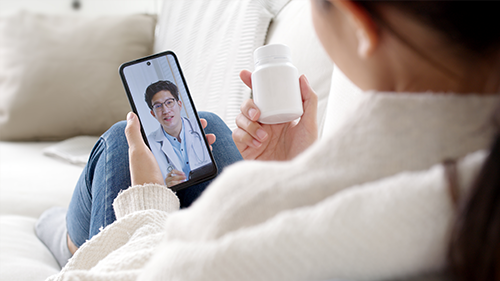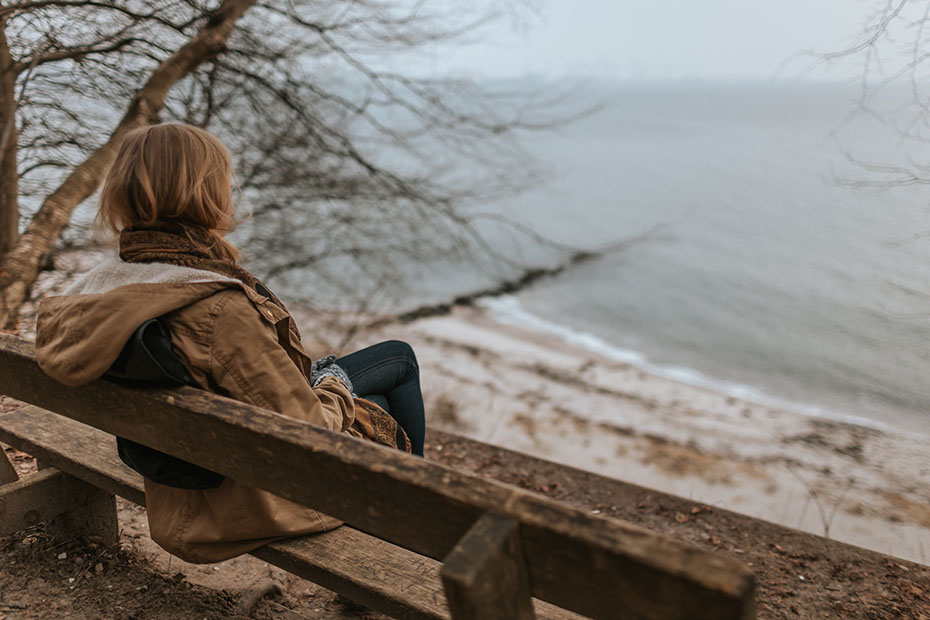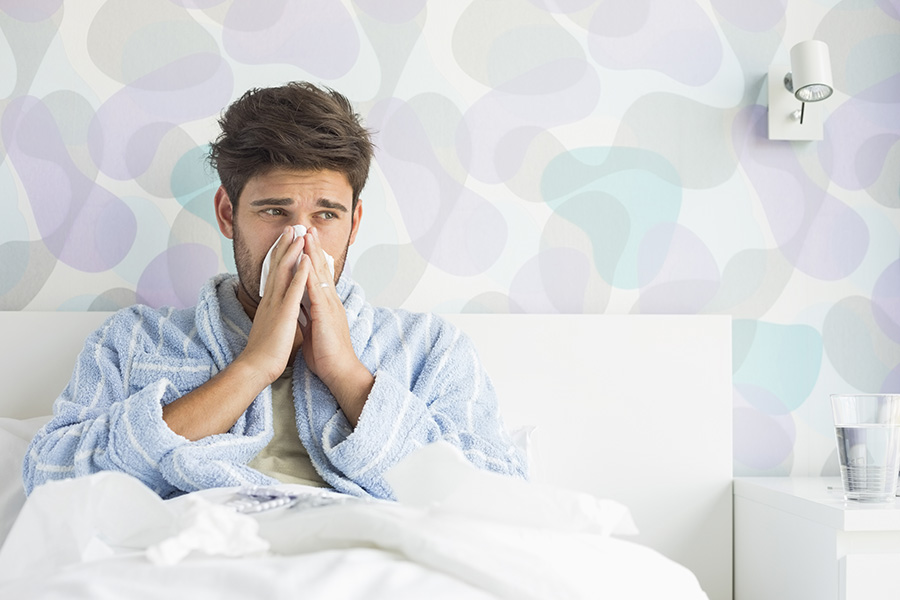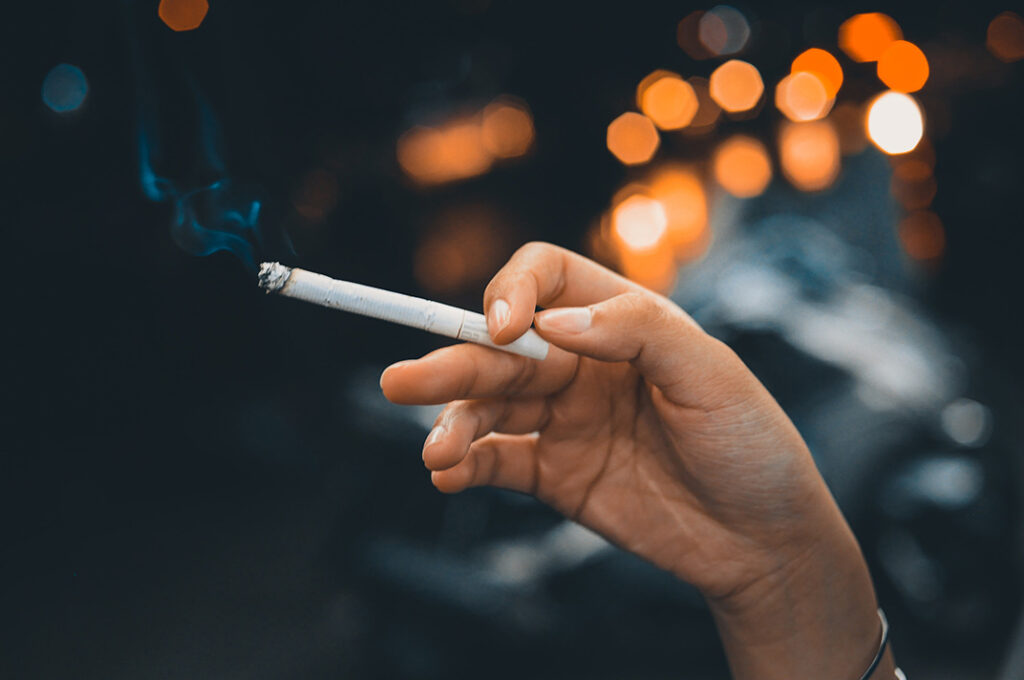The use of cannabis, particularly marijuana, has raised concerns regarding its impact on lung health. With growing popularity, it is crucial to examine the potential risks associated with cannabis use and its effects on the respiratory system.
Similar to tobacco smoke, marijuana smoke can irritate the throat and lungs, which may result in a persistent cough. It contains volatile chemicals and tar, which are known to pose risks for lung disease and potentially contribute to cancer development. Research suggests that smoking marijuana can lead to inflammation of the large airways, increased airway resistance, and lung hyperinflation.
Regular marijuana smokers often report symptoms of chronic bronchitis and may seek medical care for respiratory issues more frequently than non-smokers. Additionally, the deep inhalation and prolonged retention of marijuana smoke in the lungs, common smoking techniques, may further contribute to potential lung damage.
Although the exact relationship between marijuana smoking and lung cancer is still being studied, it is important to acknowledge that marijuana smoke does contain substances known to be carcinogenic. The combustion products found in marijuana smoke, including benzoprene, benzanthracene, and other compounds of concern, raise questions about the potential increased risk of respiratory cancers.
As research continues, it is crucial to stay informed about the potential risks associated with marijuana use. If you have concerns about lung health or the effects of cannabis, it is strongly advised to consult healthcare professionals who can provide personalized guidance based on your specific circumstances.
Protect your lungs, prioritize your health!Help to build a community free of lung disease
Support “Chinese Hospital/Jack Lee Fong Family Lung Health Initiative Matching Challenge” and make a donation that will save lives! By making a tax-deductible donation, you can help fund important programs such as lung disease and lung cancer treatments, CT screenings, and lung health education. Every contribution counts and can make a difference in the lives of those affected by lung disease. Make a donation today. For more information, please visit Jack Lee Fong Family Lung Health Initiative Matching Challenge page.Disclaimer: It’s important to note that these tips are not intended to replace advice from a healthcare professional. If you have concerns about your health or medical conditions, consult with your physician before making any significant changes to your routine.









